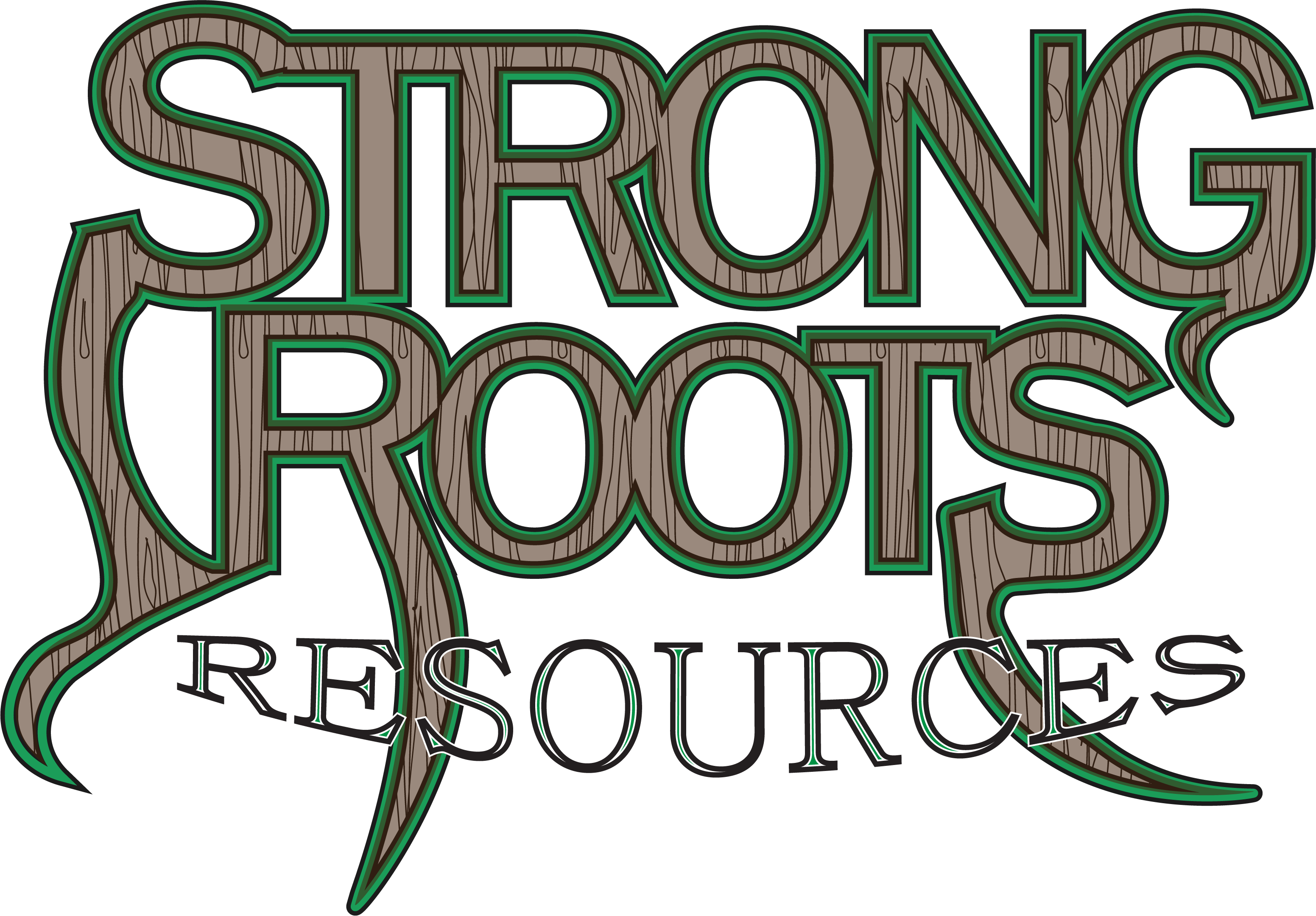When I head out to do a property/site assessment in order to help someone develop their homestead systems, one of the first suggestions I put forth, and probably my strongest one – is to keep your systems as close to your home as is reasonable. This applies on any size property but becomes more relevant on larger properties.
There’s a kind of myth that your garden is supposed to be located far from your home, laid out in long, horizontal rows. If that’s the only space available, that’s one matter, but in my experience, out of sight = out of mind, no matter how well intentioned you are. Weeds seem to know when your back is turned and deer and other critters will wear out an unwatched garden. Of course, I’ve seen deer walk up to my mom’s back porch, so that isn’t foolproof, unfortunately.
Systems that need daily maintenance, such as small livestock and annual gardens should be located in an area that you pass through frequently as you move around your property.
When doing a site assessment, I like to walk around the property, especially right around the home and the adjacent outbuildings and find the natural paths. If those same areas are appropriate for certain kinds of cultivation, I’ll add that into the design.
In permaculture teachings, the area immediately around your home is considered Zone One. The more you can reasonably fit into Zone One, the tighter and more efficient your system will be, but don’t design in such a way that things become blockaded or you create an artificial dead end. Always think about having at least enough room to turn a wheel barrow around.

In the event that the areas immediately around your home don’t favor growing food (deep shade) or installing animal systems (steep slope) but you have a separate area that, if a little further away, can support those systems, intensively design that area instead.
I did this recently with some clients who had a large, open area on the other side of their driveway. I drew up a diagram that allowed for a kitchen garden, rabbit hutch, chicken coop with moveable fencing and meat and rabbit tractors for grazing the wild forage. Keeping everything in that area allows the clients to check on everything while walking a loose loop. I also allowed space for a vehicle that could pull a chicken or rabbit tractor to its new location. While that area was lacking pressurized water, I compensated by suggesting water catchment from the roof of every structure in that zone and ultimately, pumping water catchment from 275 gallon tanks that can be filled from the garage downspouts.
I’m making appointments right now with folks who want to better utilize their land. If you’re interested in site assessment and design assistance, shoot me an email at strongrootsresources@gmail.com.
